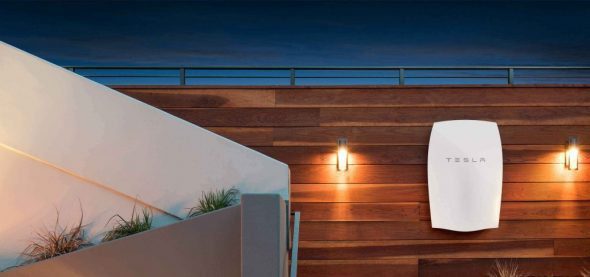A new standard is in force, restricting single phase solar PV (and battery storage) to just 5kW.
I understand this standard is “national” and is just coming into force. If you want to have more than 5kW in your house (the vast majority of residential houses have single phase power) the options are:
- Install a three phase power system. I understand the cost of this is typically around A$1 k to A$2k, but I don’t have much data to support this. However, even then costs go up because either a) you have to have the same amount of PV on each phase. So this will likely mean reconfiguring your existing system, or b) buying a 3 phase inverter. The cost for this is likely to be $A1 k higher than the typical inverter costs. And quite possibly your choice is lower.
- Restricting output to 5KW. I understand from my friendly retailer that whereas previously this might just have been a “tick the box” approach it’s now likely to require some hardware. But I don’t know the cost of the hardware.
A battery may require more PV
Residential batteries are expensive, at best, around $A1000/kWh of storage installed. The reality is that they are most likely to be installed first in houses that can afford them. The further reality is that these houses are likely to have higher than average electricity consumption. I am an example of this.
Our house is a 1950s build (read energy inefficient), has a swimming pool, some air conditioning (not used that often), and in winter, quelle horreur, other members of the household have been seen turning on electric radiators on the seemingly spurious grounds that “it’s cold”. (“What’s wrong with a jumper?” I plaintively ask. But I get short shrift.)
So we only have 4kW of PV (Trina panels with micro Enphase inverters). They face north, and over the past 12 months the Envoy system tells me my capacity factor was 14.7 per cent and average daily output 14.5kWh.
But that’s nowhere near enough to run the house. Thanks to AGL having promptly installed a time-of-use communicating meter, and assuming I have manipulated the data properly, my daily load profile is shown below. The colours on the figure represent peak, shoulder and off-peak consumption.

If we look at that in dollar terms I made the following calculations. Note that the $ amounts are not adjusted for weekends (no peak on weekends) and are before the AGL usage discount so they overstate the peak cost. I ignored the discount on the basis that I think the price next year will be 20 per cent higher.

My conclusion is that if I can fully utilse a 7kWh or larger battery I can go close to eliminating $1250 a year of peak electricity charges.
But the existing PV system only produces average daily exports of 4kWh. This shows that, by accident, I sized the system quite well in that about 75 per cent of production is behind the meter. However, allowing for winter decline in PV, I probably need a further 2-3kW of solar to go with the battery.
It seems that due to the change in standard this is going to be expensive. The battery itself won’t be cheap. Quotes for the installed cost of the Tesla Powerwall 2 are coming in at around $11,500. So the payback periods are marginal. If I add in the 3-phase cost, its going to be more of an ideological than an economic decision, for sure.
David Leitch is principal of ITK. He was formerly a Utility Analyst for leading investment banks over the past 30 years. The views expressed are his own. Please note our new section, Energy Markets, which will include analysis from Leitch on the energy markets and broader energy issues. And also note our live generation widget, and the APVI solar contribution.









